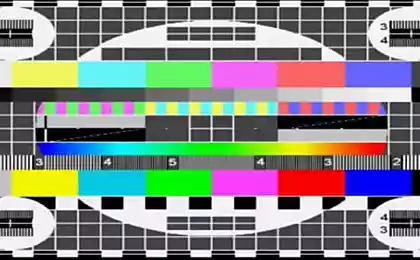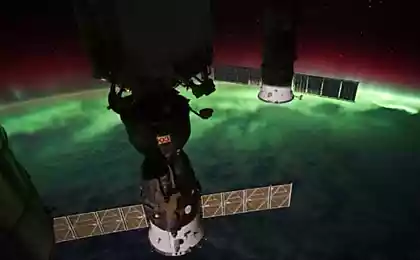655
NASA TV channel will broadcast in 4K
One small step for a state agency, a huge breakthrough for the UHD
35,388,190
National Aeronautics and Space Administration (NASA) have already published video in ultra-high resolution: it was the shooting the moon , sunspots or several clips ISS. September 11 NASA объявило its intention to transfer its channel NASA TV format 4K. Broadcasting will be available on the web. Moreover, some of the historical records will be remounted in 4K.
NASA has concluded an agreement with online video Harmonics of infrastructure for delivering video channels NASA TV UHD. Technical data stream: resolution of 2160p, 60 frames per second
Broadcast television will be carried out by operators in the United States via satellite, cable and fiber standards, as well as online. To view the required compound as a width of at least 13 megabits per second.
This means that potentially the Internet can be viewed launches, spacewalks and broadcast other events in an extremely high quality 4K with smooth movements sixty frames per second. Content is invited to get to the International Space Station, and unmanned vehicles to explore space. Perhaps the use of photography. For example, the European Space Agency 12 000 stitched pictures in delayed shooting format 4K . NASA also promises to do some old remastered archival filming.
The standard resolution 4K means broadcasting in this format, which has a picture on the horizon about 4000 pixels. UHD term in a press release from NASA indicates a resolution of 3840 × 2160. This format is twice FullHD (1920 × 1080) on each side and four times larger than the overall size of the image. Because of its size 4K format is not supported by all devices and monitors. Gradually, the technology becomes cheaper and more accessible. But the speed of the process is often affected by the scarcity of content selection with permission. For example, the Blu-ray Disc format 4K appear only at the end of the year . Perhaps the solution will help make NASA more common 4K standard.
Source: geektimes.ru/post/262348/
35,388,190
National Aeronautics and Space Administration (NASA) have already published video in ultra-high resolution: it was the shooting the moon , sunspots or several clips ISS. September 11 NASA объявило its intention to transfer its channel NASA TV format 4K. Broadcasting will be available on the web. Moreover, some of the historical records will be remounted in 4K.
NASA has concluded an agreement with online video Harmonics of infrastructure for delivering video channels NASA TV UHD. Technical data stream: resolution of 2160p, 60 frames per second
Broadcast television will be carried out by operators in the United States via satellite, cable and fiber standards, as well as online. To view the required compound as a width of at least 13 megabits per second.
This means that potentially the Internet can be viewed launches, spacewalks and broadcast other events in an extremely high quality 4K with smooth movements sixty frames per second. Content is invited to get to the International Space Station, and unmanned vehicles to explore space. Perhaps the use of photography. For example, the European Space Agency 12 000 stitched pictures in delayed shooting format 4K . NASA also promises to do some old remastered archival filming.
The standard resolution 4K means broadcasting in this format, which has a picture on the horizon about 4000 pixels. UHD term in a press release from NASA indicates a resolution of 3840 × 2160. This format is twice FullHD (1920 × 1080) on each side and four times larger than the overall size of the image. Because of its size 4K format is not supported by all devices and monitors. Gradually, the technology becomes cheaper and more accessible. But the speed of the process is often affected by the scarcity of content selection with permission. For example, the Blu-ray Disc format 4K appear only at the end of the year . Perhaps the solution will help make NASA more common 4K standard.
Source: geektimes.ru/post/262348/
Electronic Camera withdrew the motion of atoms in real time
LA's police then change to electric Tesla and BMW























